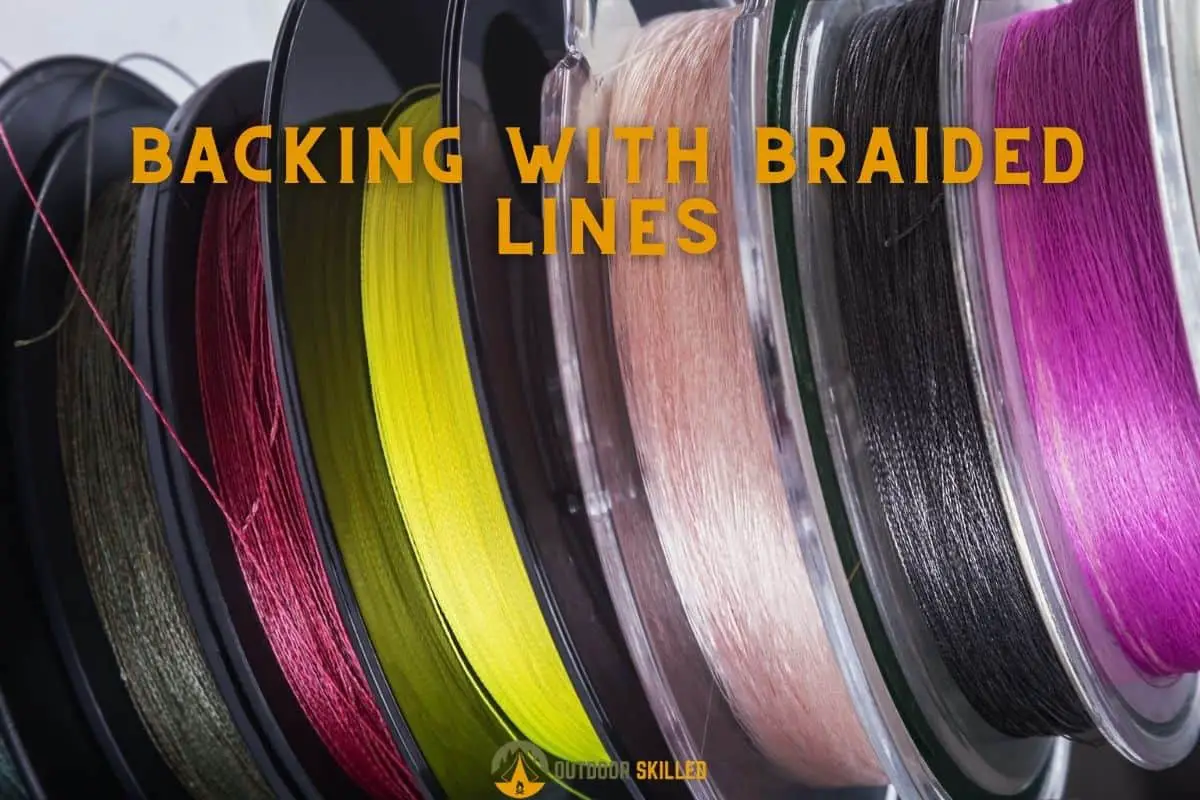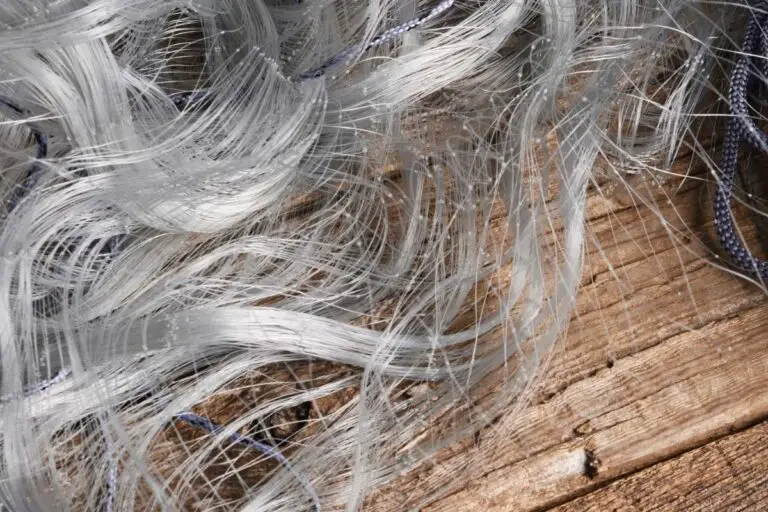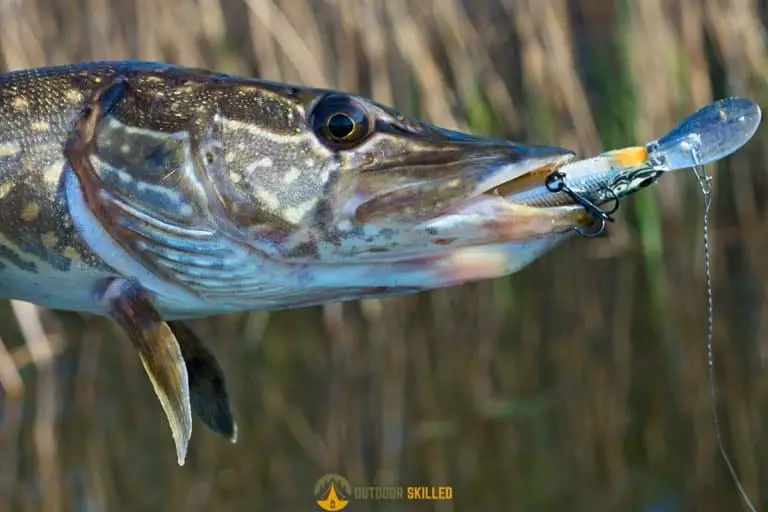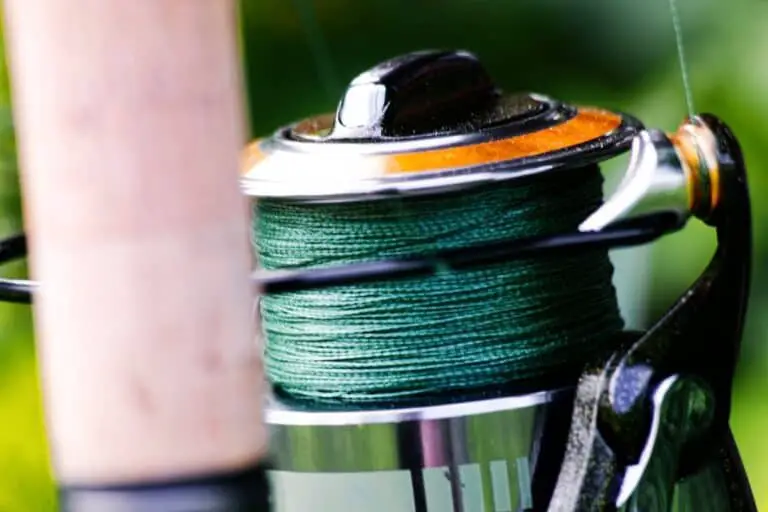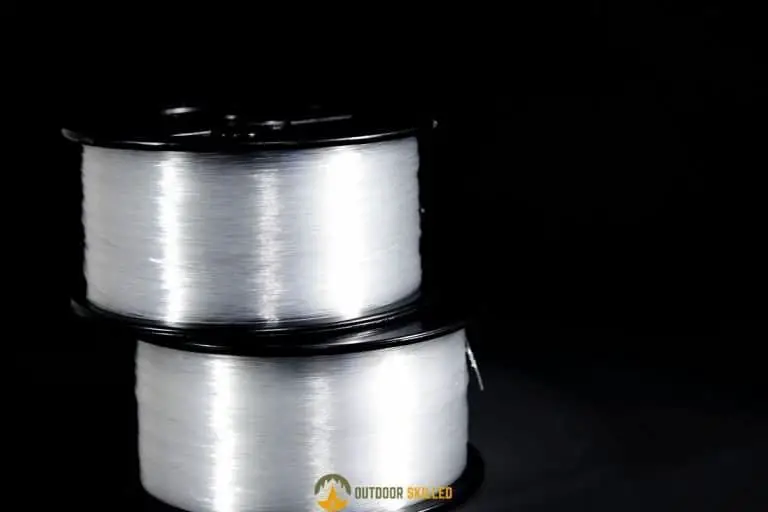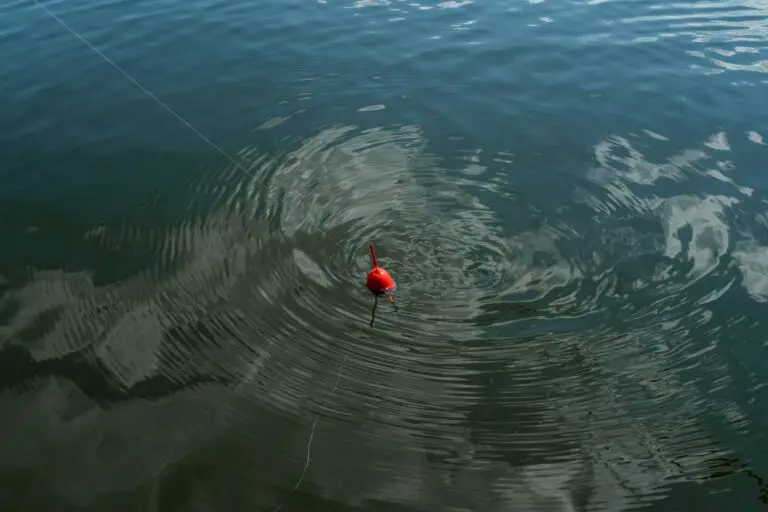Do You Need Backing For A Braided Line? 2 Simple Methods
A Braided fishing line cannot be spooled on a reel in the same way a monofilament fishing line can. Without adding backing to the fishing reel before spooling the braid, you will likely face some problems.
So, do you need backing for a braided line? You do need backing for braided lines because braided lines do not grip onto the spool easily because of how thin they are, so they could slip, and you could lose your catch. Using a monofilament line as a base on the spool provides backing for braided lines and prevents them from slipping.
This was the short answer, but there is quite a bit more to it, so let’s jump right in. If you are already prepping your gear, you might want to check the best braided lines here.
Table of Contents
What Are the Benefits of Using Backing for Braided Lines?
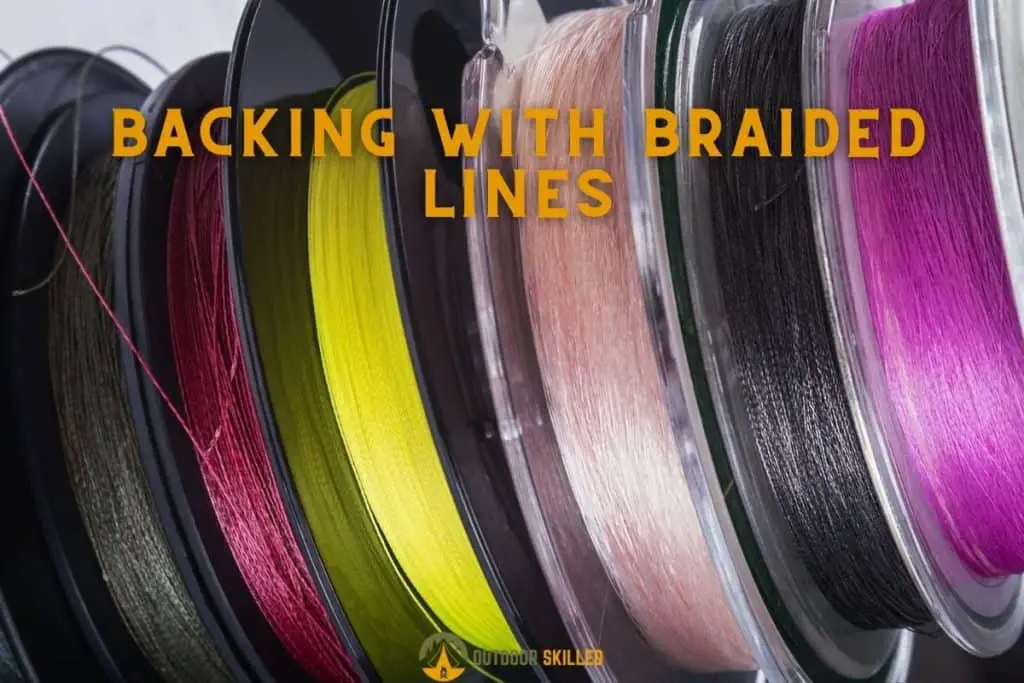
The main benefit of using backing with braided fishing line is to keep the line from slipping
When you’re fishing with the braided line, and you try to reel in a fish, you might face a problem while turning the handle. Either the line won’t retrieve and roll onto the reel, or it will retrieve and then slip, so you’ll lose all of the lines you retrieved.
Another benefit is that using backing is simply more cost-effective when you’re filling the spool.
Braided lines have a smaller diameter when compared to monofilament lines of similar strength, so using backing on your reels saves you some cost.
Since the backing will never see the light of day, it doesn’t really matter what type of line you use for backing, but it’s better to go with 8-14 pound mono, depending on the reel type and size.
But, Can You Ever Not Use Backing with a Braided Line?
The answer is no; you cannot ignore using backing with a braided line. You need always to use backing with braided lines because, without the backing, it will be prone to slipping as it has less friction and grip on the spool.
How To Use Backing For Your Braided Line?
There are two main methods for backing your braided line:
Using Tape
- Anglers use several different types of tape, such as electrical tape, masking tape, and finger tape.
- It’s very important to ensure that the tape you are using is put on a clean surface and does not recollect moisture when it’s wet
- You need to wind the tape 5 or 6 times around the spool of the fishing reel, covering the spool entirely with several layers of tape.
- Once the tape is secured on the spool, the braid will dig into it, holding it securely. Then, the braid will hold into place so you can start winding the braid tightly onto the spool.
Using Monofilament line
- Some anglers prefer tying a part of a monofilament line onto the spool first as backing, then securing the braided line to the monofilament line.
- Since monofilament lines are a lot cheaper than braided lines, this works very well when trying to get your braid to the top of the spool for maximum performance.
You can also check the best monofilament lines here, as these are the ones I use for backing as well, and they’ve been excellent.
How to Spool a Braided Fishing Line?
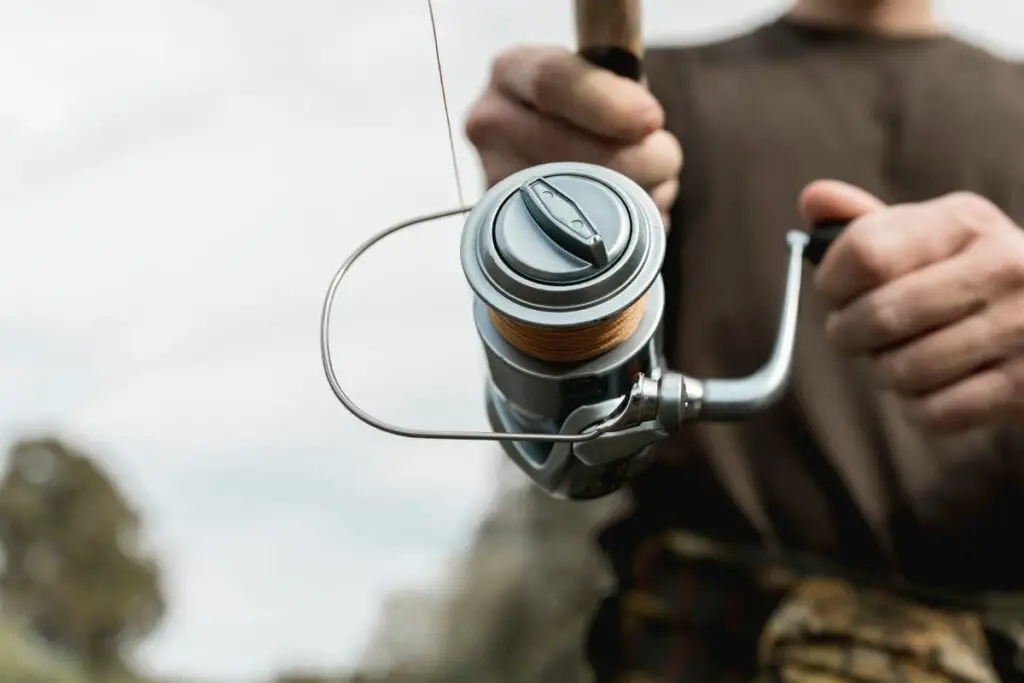
The process is very simple and similar to spooling with a monofilament or fluorocarbon line, but there are a couple of extra steps you will need to take.
You are going to use both a monofilament line and a braided line, as you’ll fill about half of your spool with the monofilament line, and then you’ll fill the rest with the braided line.
Here are the steps to the process:
Part 1: Loading the Reel
- Determine if the reel turns clockwise or counterclockwise by holding it the same way you would if you were fishing and turning 2-3 times.
- The way the wheel turns is how the line will be spooled onto the reel, while the opposite direction will be how the line will peel off the spool when you cast.
- Open the bail arm by flipping the small handle up.
- Pass the monofilament line straight through the guides and secure it by using an arbor knot.
- Cut any extra line with line cutters or scissors while ensuring that you leave at least 1⁄4 of the additional line from where you tied the knot.
Part 2: Spooling the Reel
- Close the bail and lay the spool on the floor with the label facing up to make sure that the line enters the reel properly.
- Pinch the line lightly, about 8-12 inches above the reel, then pull the line tight.
- Crank the reel slowly, and then allow the line to slip through your pinched fingers.
- Continue loading the line slowly while applying light pressure while stopping every 20-30 cranks to check your line for twists until you reach about half of your spool.
- At this point, cut the monofilament line at the spool, not at the reel, then attach your braid line to the monofilament leader using a simple Surgeon’s Knot.
- Continue to fill the spool with the braided line until it is 1⁄8 inch away from the edge.
- Cut the line close to the supply spool while leaving a small amount of excess line, then secure the line on the spool.
Looking for something a little bit more visual? Check out this great video:
When Should You Use a Braided Fishing Line?
You should use a braided line if you’re looking for a strong line that can hold a great amount of weight while also maintaining casting accuracy for casting long distances. It’s also more durable and long-lasting.
Each type of fishing line has different properties and sets of advantages and disadvantages. To order to help you more, here are some of the properties of braided line:
- A Braided fishing line comprises several strands of fiber woven together to make a single line. The material used is a synthetic fiber that feels very much like fabric.
- Out of all three types, the braided line is the most visible in the water. It isn’t translucent, and the color choices are limited.
- It is more rigid than the other types of lines, which means it can carry a lot more weight.
- It has no stretching capabilities, making it a good choice for casting long distances and accurately casting.
The most prominent drawback of braided lines is that it’s very susceptible to abrasion damage.
In conclusion, choosing to use braided lines relies mainly on your preference and your style of fishing. For more information, check out my other articles comparing braided lines to monofilament and fluorocarbon.
These Are The Fishing Lines I Absolutely Love
- After Testing endless brands and varieties, these are the best Fluorocarbon lines, these are the best Braided lines, and these are the best monofilament fishing lines.
- These are the best Ice Fishing Lines for your money
- These are the fly fishing lines that have never let me down.
- Targeting Trout? These are the best fishing lines for trout. For Bass, use these bass fishing lines.
- Not sure which fishing line to use? Check out these comparisons:
- Going Crappie Fishing? These Crappie Fishing Lines outperform everything else (and their price!)
Related Question
Is Braided Line Good for Spinning Reels?
You can use a braided line for a spinning reel if you spool your reel with a suitable backing. The most effective way to achieve this is by using a monofilament line backing. You also need to pick a spinning reel with a large spool to have enough space for thick braided lines.
How Much Backing Do You Need for a Braided Line?
You should use about 50 to 100 yards of monofilament backing on your reel, depending on reel size and line capacity. You’ll need to leave enough space to spool at least 100 yards of braid on top of the backing and fill the reel until it is 1⁄8 inch away from the edge.
Do You Need Backing for Fluorocarbon Lines?
You do not need to use backing for fluorocarbon lines. They can be spooled directly on the reel without any issues if the pound test is under 8 lbs. However, most anglers prefer to use monofilament lines as backing to cut down the cost because fluorocarbon lines are expensive.
Helpful Resources
Different Types of Fishing Line Explained
This Is When You Should Be Using Braided Fishing Line
If you like this article, please share it or pin it, you can find the share buttons below. We will really appreciate it ❤️

